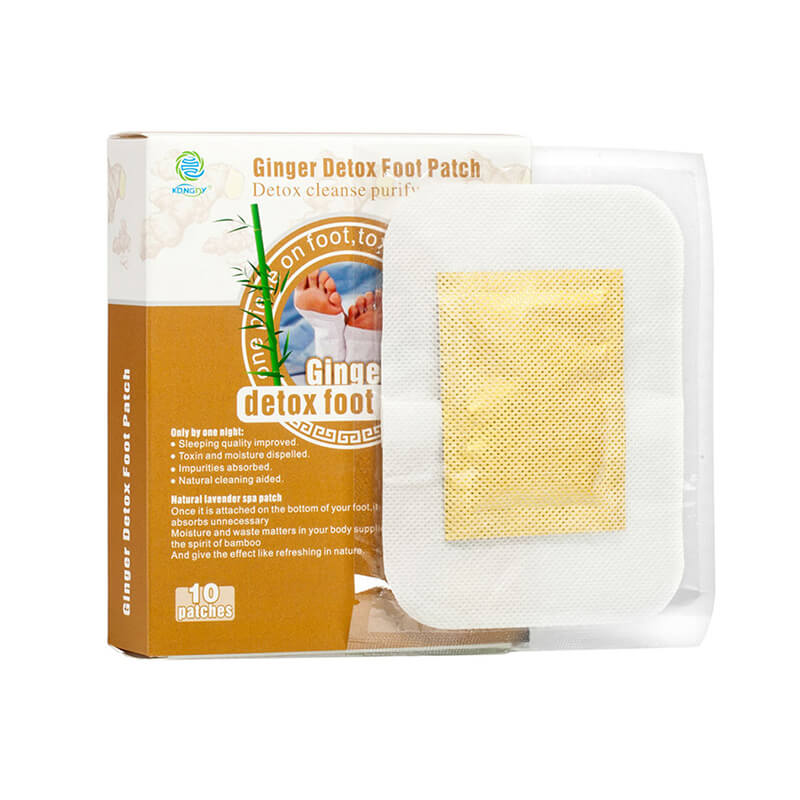The Impact of Regulatory Requirements on the Design and Testing of Custom Transdermal Patches
The Impact of Regulatory Requirements on the Design and Testing of Custom Transdermal Patches
The design and testing of Custom Transdermal Patches are greatly influenced by regulatory requirements. As a transdermal gel patch manufacturer, adhering to these regulations is crucial for ensuring the safety, effectiveness, and quality of our products. This article delves into the ways regulatory requirements shape the development process of transdermal patches.
Firstly, regulatory bodies such as the Food and Drug Administration (FDA) in the United States and similar agencies in other countries set forth strict guidelines for the design and composition of transdermal patches. These requirements dictate the choice of materials used in the patch, including the active ingredients, excipients, adhesives, and backing layers. Manufacturers must ensure that all components are approved for use in medical devices and comply with the relevant safety standards.
Moreover, the design of the patch itself is subject to regulatory scrutiny. The patch must be ergonomically designed to ensure ease of use and patient comfort. The size, shape, and placement of the patch on the skin are all factors that must be carefully considered to minimize the risk of irritation or allergic reactions. Regulatory agencies also require manufacturers to demonstrate the patch's stability and shelf-life, ensuring that it remains effective and safe throughout its intended use.
Testing is another crucial aspect of the regulatory process. Manufacturers must conduct a series of rigorous tests to demonstrate the safety and effectiveness of their transdermal patches. These tests include skin irritation studies, sensitization tests, and dermal absorption studies. The objective is to identify any potential risks associated with the patch and ensure that it meets the required standards for patient use.
In addition to these tests, manufacturers must also comply with good manufacturing practices (GMP) and quality control measures. This involves maintaining strict records of the manufacturing process, conducting regular quality checks, and ensuring that all employees are trained to adhere to the highest standards of hygiene and safety.
The regulatory process also requires manufacturers to submit detailed documentation and data supporting the safety and effectiveness of their transdermal patches. This includes clinical trial data, manufacturing process descriptions, and material safety data sheets. These submissions are carefully reviewed by regulatory agencies, who may request additional information or conduct audits to verify the manufacturer's compliance with the regulations.
The influence of regulatory requirements on the design and testing of transdermal patches is not limited to the initial development stage. Manufacturers must also comply with ongoing regulatory monitoring and reporting requirements. This includes submitting periodic updates on the safety and effectiveness of the patch, conducting post-market surveillance, and responding to any safety concerns or adverse events that may arise.
In summary, regulatory requirements play a pivotal role in shaping the design and testing of Custom Transdermal Patches. As a transdermal gel patch manufacturer, adhering to these regulations is not just a legal obligation but also a crucial aspect of ensuring the safety and quality of our products. By following these guidelines, we can develop effective and reliable transdermal patches that meet the needs of patients while adhering to the highest standards of safety and quality.






